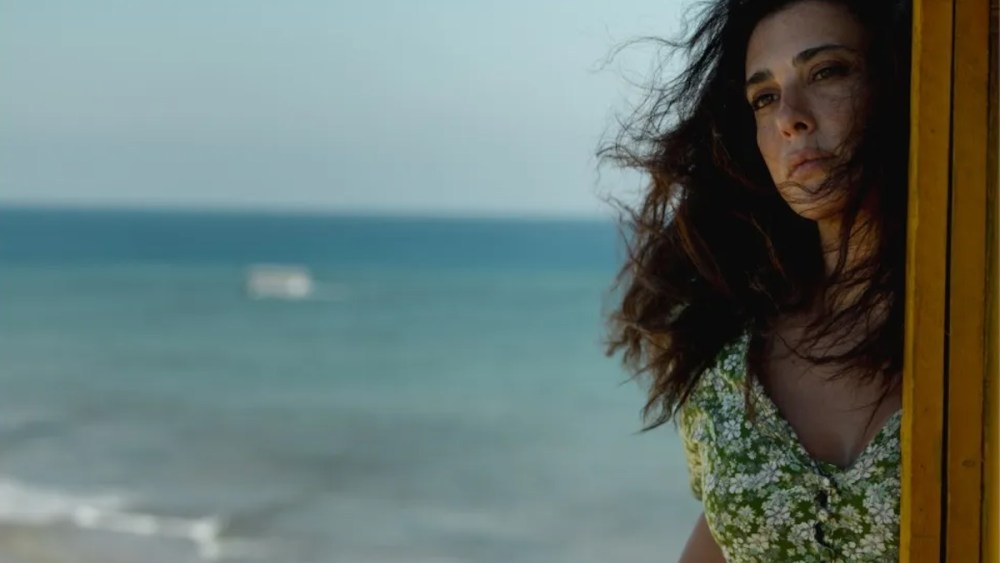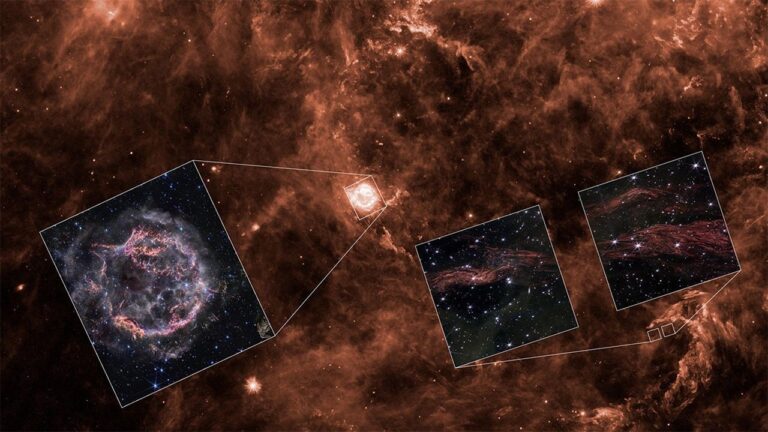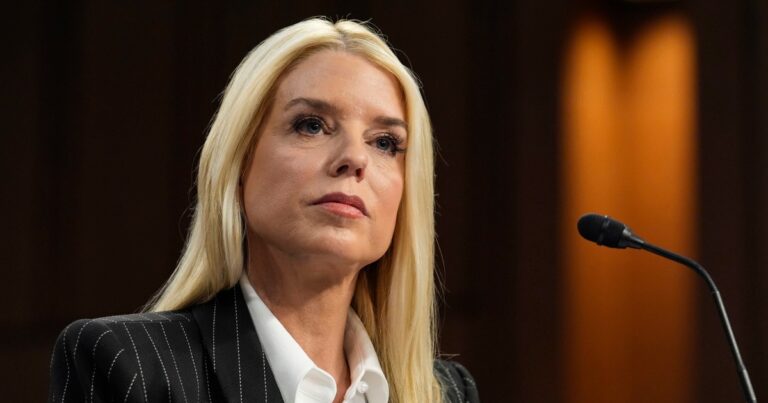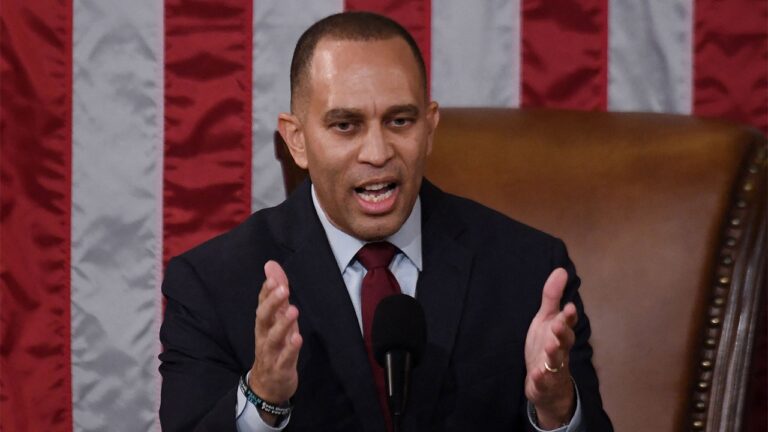“The Sand Castle” is made up of intentionally simple elements: an abandoned island, a creaky old lighthouse, an intermittently working radio. And at its center is a family of four: a doting mother, a resourceful father, a moody teen son and a daydreaming daughter. Their survival depends on the increasingly Sisyphean task of waiting and scavenging, hoping and praying. Help, they hope, will soon come their way. But what at first feels like a modern-day “Robinson Crusoe” adventure soon turns into something darker and altogether more timely. While Matty Brown’s dreamy film plays more like a children’s fable than the harrowing thriller it sometimes flirts with becoming, its oblique stab at storytelling ends up muddling its ambitious vision and well-intended message.
Survival stories hinge on the grit and resilience of its characters. Food is scarce and fresh water elusive. Sleep is near impossible and shelter close to untenable. Those who make it are those who can weather those circumstances with aplomb. But in “The Sand Castle,” Brown (working from a script he co-wrote with Hend Fakhroo and Yassmina Karajah), doesn’t stay close to the adults bringing what little food they can to the table, nor to the teenager who scoffs at the hopeless predicament they all find themselves in. No, the focus stays mostly on Jana (Riman Al Rafeea), the young girl who spends her days wandering the beaches she’s now resigned herself to calling home, building sand castles and making friends with ants she encounters in the grass. She knows her parents are waiting for something. Or someone. For help, that much is clear, but also for a way to escape the dangers they encounter in that inhospitable if beautiful barren beach they’re stranded on.
It is Jana’s point of view that guides the film, which explains why the details of the family’s history are sketched so hazily. Early whispers of news broadcasts about refugees on capsized boats are the only hint of Jana and her family’s full situation. Instead, “The Sand Castle” plays almost like a riff on “Life of Pi,” where the obviously fanciful imagination of its child protagonist may well be hiding a more dangerous reality best kept at bay. Those visions of bodies we keep encountering — not to mention a young girl’s shoe she finds in the wilderness — may spell out a more tragic story than the oft-serene one Jana is trying to conjure.
Jana’s flights of fancy drive the film’s aesthetics, with D.P. Jeremy Snell keeping the camera at uncomfortably close levels — so much so that ants, flies, blades of grass and grains of sands often take up the bulk of the screen. This is a reality not just filtered through the eyes of a young girl but seen through the peephole that is her imagination. Jana knows her family is running out of time. Her father Nabil (Ziad Bakri) is constantly needing to fix the lighthouse they hope will guide help their way. Her mother Yasmine (Nadine Labaki) frets over how little food they all have to eat and fiddles with the radio she knows may well be their only chance to signal for help. And throughout all of it, her brother Adam (played by Zain Al Rafeea) is a ball of angst and despair, only eventually taking up the responsibility of caring for Jana when tragedy after tragedy befalls their family.
It is that latter bit of casting, of course, which tees up the very conversations “The Sand Castle” wants to enter: Al Rafeea was a Syrian refugee living in Beirut when he was cast in the starring role in Labaki’s “Capernaum” (2018). Having Al Rafeea play son to his former director and brother to his real-life sister is a decidedly provocative detail that may offer canny viewers the right lens through which to suss out what is really happening to Jana and her family.
Not that much happens in “The Sand Castle.” Rather, there are various incidents (a fishing expedition gone awry, a mysterious object appears under the sand, a storm ravages the lighthouse). But they’re all captured with such a fractured sense of narrative (it’s always clear we’re not always getting the full picture of what’s happening), that they feel more like fleeting, nightmarish visions than tangible events. This is all by design, of course. Brown wishes us to stay within Jana’s perspective. But what this does is obscure, perhaps all too obviously, the harrowing truth of what’s taking place. It results in a review like this one, that needs to skate over specific plot points in order to avoid spoiling what the film itself wants to treat as a powerful third act reveal. Such frustrations are felt while watching the film, and are only slightly papered over by the final dedication title card which spells out the film’s well-meaning mission quite bluntly.
“The Sand Castle” has enough hints throughout to suggest that this island and this lighthouse are not all they appear to be. But it takes so long for Brown to finally pull the curtain (or the rug from under us, depending on how you experience its narrative style) that its urgent message about the current refugee crisis — and how children are inadvertent collateral damage — is all too muddled to land. Dreamy perhaps to a fault, and featuring some striking visuals throughout, this poetic ode to the resilience of children’s imaginative play in the face of trauma is more intriguing as a concept than as a film; urgent as a political plea, but ultimately much too insular in its storytelling to land as firmly as it should.













